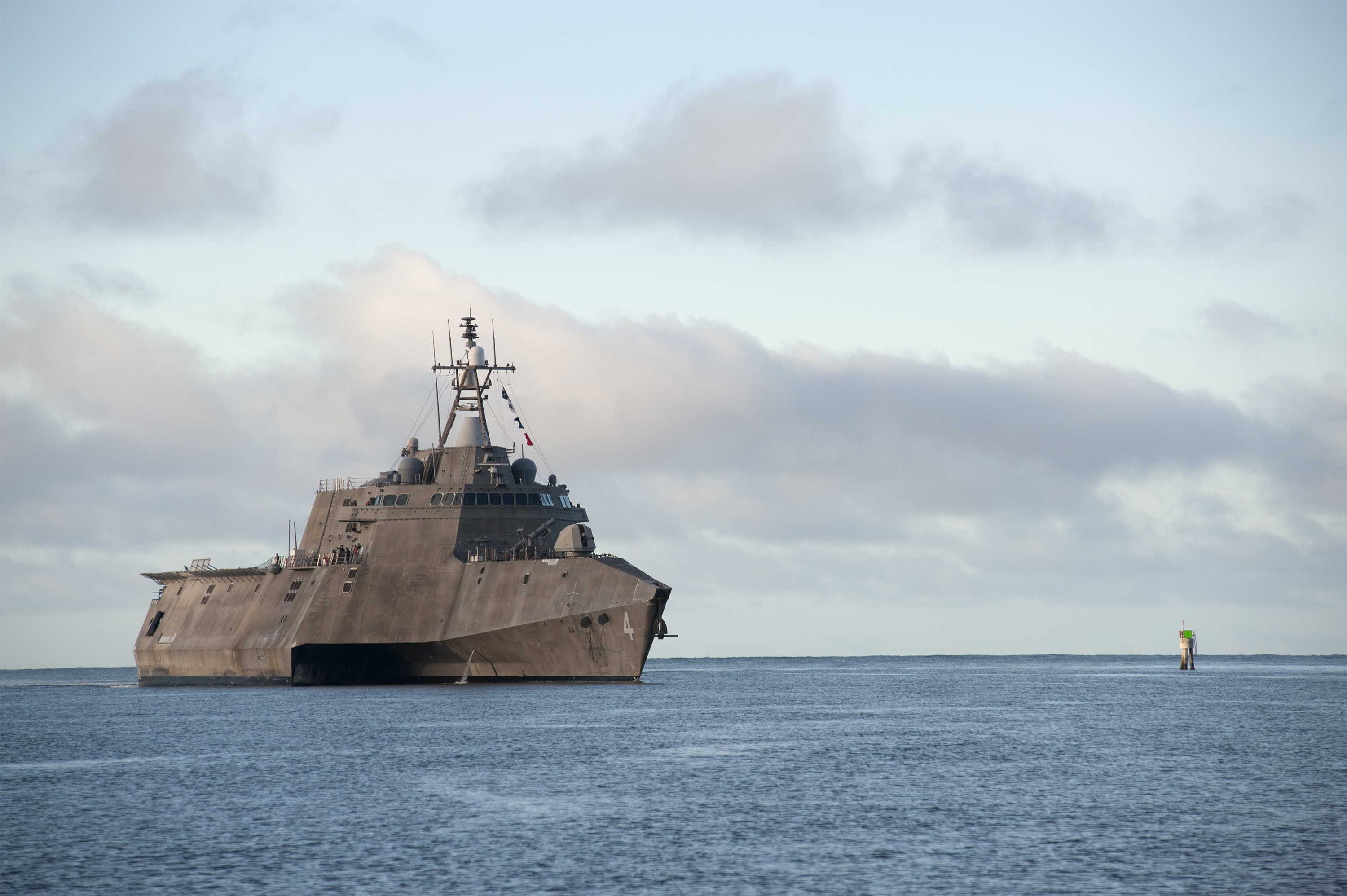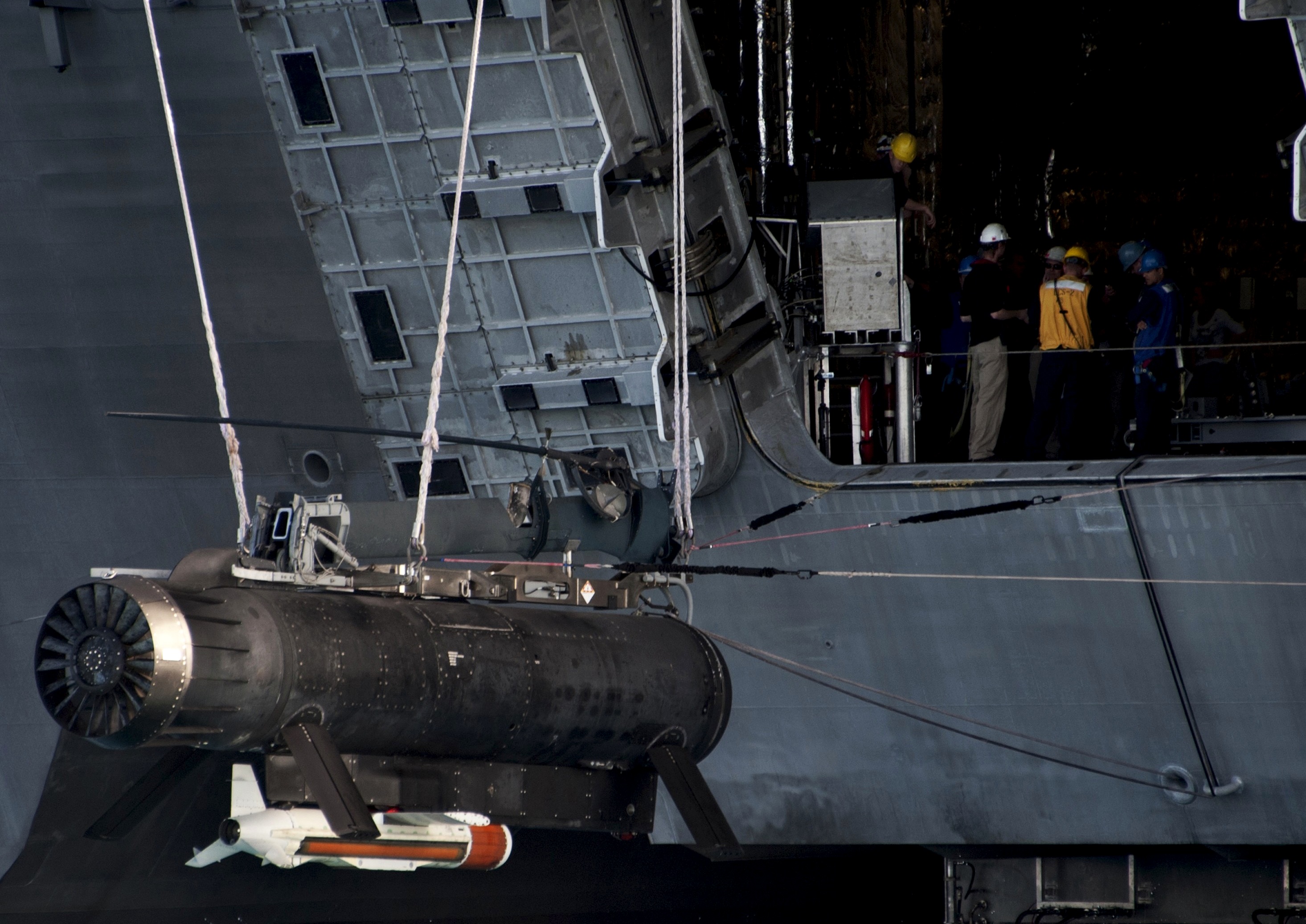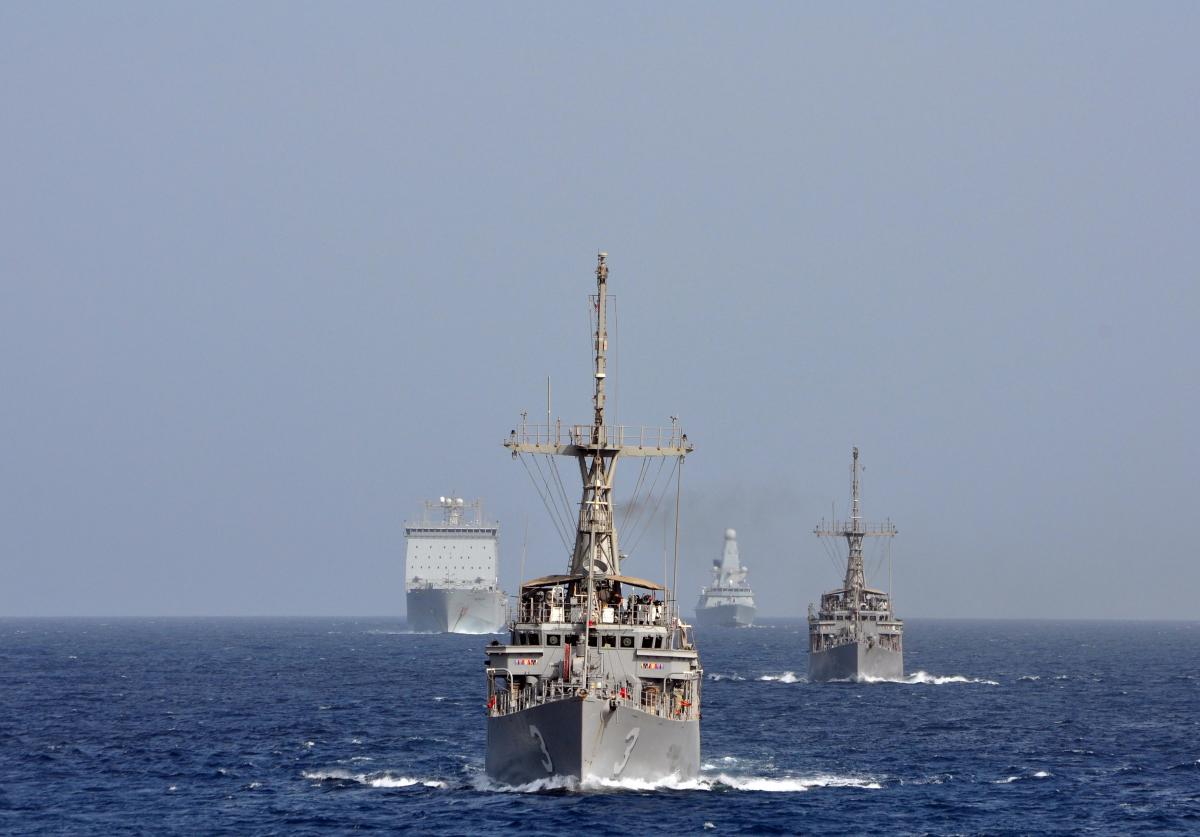
Congress continues to undercut the LCS program by not fully funding the modular systems vital to achieving the full potential capability of the littoral combatant.
LCS mine warfare systems have borne the brunt of congressional displeasure, despite the generally acknowledged fact that the current Avenger-class mine countermeasures ships are rapidly approaching the end of their service lives. The Navy’s overall mine warfare capability is showing its age and the LCS mine warfare mission module represents the first and most advanced program within the acquisition system to reverse that unhealthy trend. The Navy has closely followed recent congressional guidance in that it canceled the troubled Remote Minehunting System (RMS) after fierce congressional criticism. Congress should in turn support the Navy and fund the LCS mine warfare module program as submitted by the Navy in the FY17 appropriation.
The LCS mine warfare mission module has seen more than its share of controversy. It has long been connected to the troublesome RMS system—an unfair characterization as RMS was responsible for only one of several elements of the LCS’ mine warfare mission. The Navy has scrupulously followed congressional direction by adopting a recommendation from the SASC to add the Textron Common Unmanned Surface Vehicle (CUSV) and the General Dynamics Knifefish underwater vehicle to the LCS mine warfare module.
Congress continued LCS procurement in FY17, but despite insisting on their inclusion in the system, they reduced funding by $24.5 million (from a total request for $56 million,) for key mine warfare module components such as the CUSV and Knifefish. In recommending the reduction, the Senate Armed Services Committee said, “FY17 is the first year for procurement of Knifefish and the unmanned Influence Sweep System in LCS mine countermeasure mission modules line item 1601, and that the system will undergo developmental test and evaluation to verify all technical requirements in FY2017. Therefore the committee recommended a reduction of $24.5 million for this program due to procurement ahead of need.”

The problem with that cut is that the Navy needs the mine warfare module, not only to complete the LCS modular concept, but also to replace a fading surface-ship mine warfare capability. Congress has demanded the Navy keep the aging Avengers in service and added specific language in the FY17 National Defense Authorization Act (NDAA) that states, “None of the funds authorized to be appropriated by this Act or otherwise made available for the Department of the Navy for fiscal year 2017 may be obligated or expended to retire, deactivate, decommission, to prepare to retire, deactivate, decommission, or to place in storage backup inventory or reduced operating status any MCM-1 class ship.”
Annual operating costs for the Avenger class have steadily risen from less than $8 million per ship in 1991 to more than $14 million in 2010, with a projected cost of $18.9 million (adjusted to 2016 dollars) per ship by 2024. Those figures are not likely to improve, making it imperative that Congress fully fund LCS mine warfare capabilities as requested by the Navy.
The mine warfare mission module’s potential also goes far beyond employment on the LCS. Many of its components are helicopter– or remote vehicle-based, making portions fieldable on other classes of ships and from shore bases. LCS mine warfare modules can be an organizing point for an expeditionary mine warfare capability based at sea or ashore. Congress is getting more than just another LCS mission module. Its components provide an organic mine warfare capability for the Fleet rather than relegating it to one class of vessel that can be neglected in the later stages of its service life.
Bringing the LCS mine warfare mission module is just the first step in correcting the Navy’s swiftly aging mine warfare capability. The 1970s vintage MH-53E Sea Dragon minesweeping helicopters need a major update on par with the Marine Corps CH-53K upgrade to the venerable heavy-lift helicopter. The United States has been reduced to buying scrap parts from decommissioned Japanese military helicopters in order to maintain the U.S. minesweeping helicopter fleet in operation. It was once assumed that the MH-60S helicopter would be the base vehicle for a number of mine warfare systems that could be deployed to the LCS. Of those, only the Airborne Mine Neutralization System (AMNS) and the Airborne Laser Mine Detection System (ALMDS) continue as active components of the package. The Rapid Airborne Mine Clearance System (RAMICS), the Expendable Mine Neutralization System (EMNS) and notably the Organic Airborne Influence Sweep System (OASIS) have all failed to meet operational requirements. It is imperative now to consider upgrading or replacing the MH-53E in the absence of an MH-60S-based sweep system.

The Navy’s current mine warfare platforms date from the 1970s and ’80s and are in urgent need of replacement. The proven helicopter-based minesweeping system and the components of the LCS mine warfare module represent the way forward to an expeditionary mine warfare capability. Congress has shown concern regarding the number of recent CH-53 variant crashes. The legislature, however, criticized the Navy for not moving fast enough to bring the LCS mine countermeasures module to full capability, and then cut funding to the Navy’s efforts to achieve congressional tasking.
Congress should restore the cuts made to the LCS mine warfare module program and refrain from attacking the Navy’s efforts to bring the mission module to full operational capability. Congress, the Defense Department and the Navy also need to consider upgrading the MH-53E minesweeping helicopters in a manner similar to the Marine CH-53K, or replacing the aircraft with a new platform. It is time to move mine warfare from a dangerous business done by sailors in the minefield to an expeditionary capability supported by aircraft above mine-infested waters and drones within them.





